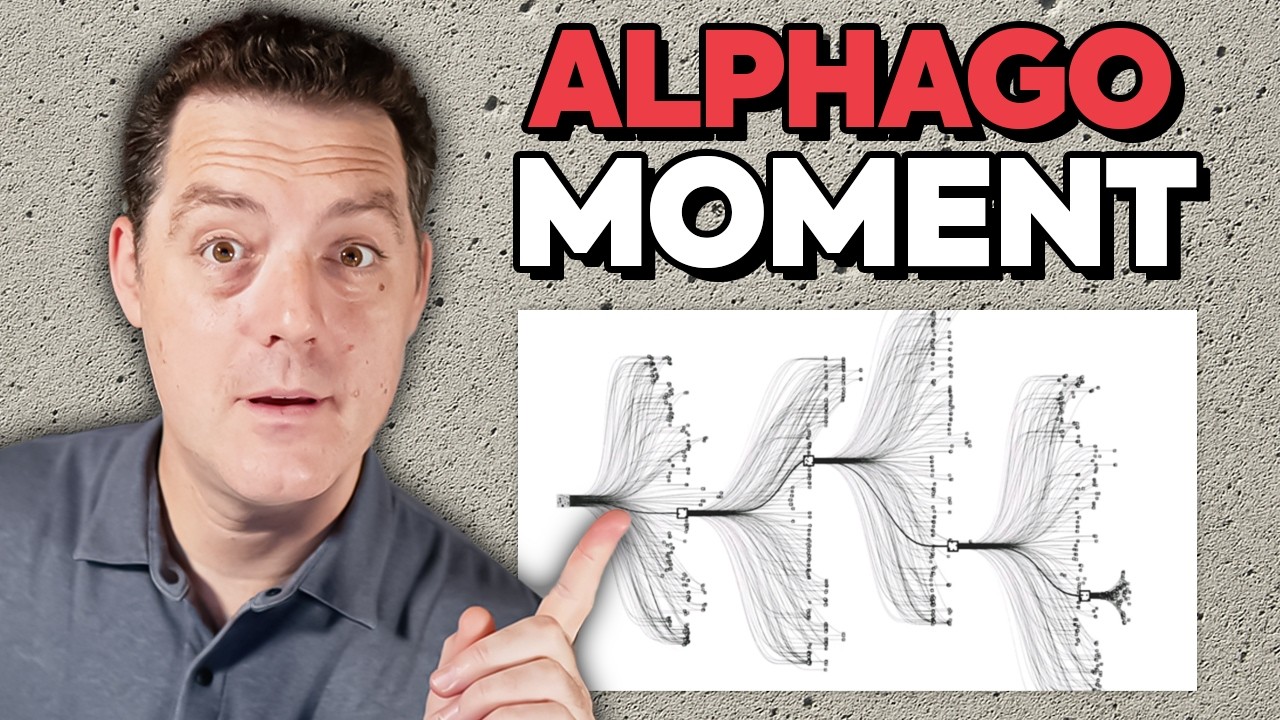The video presents ASI Arch, an autonomous AI system that iteratively designs, tests, and refines neural network architectures without human input, marking a potential “AlphaGo moment” for AI innovation by enabling exponential progress. By leveraging massive computational resources, this approach not only outperforms existing models but also promises to revolutionize AI development and other scientific fields through self-driven discovery.
The video discusses a groundbreaking development in artificial intelligence, likening it to the “AlphaGo moment” for AI model architecture discovery. Currently, human creativity limits AI innovation, as humans design new AI architectures and ideas. However, the new approach aims to remove humans from this loop, enabling AI systems to autonomously hypothesize, test, and validate novel AI architectures, potentially leading to exponential rather than linear progress in AI development.
AlphaGo, developed by Google, was a landmark AI project that defeated the best human players in the game of Go. Its famous “move 37” was initially seen as a mistake by experts but later recognized as a brilliant, novel strategy that humans had not conceived. This demonstrated the power of AI learning through self-play and massive computational resources, allowing it to discover strategies beyond human intuition. The video draws a parallel between this and the new AI system that autonomously explores AI model architectures.
The new system, called ASI Arch, operates through a three-part loop: a researcher that proposes new neural network architectures based on past experiments and human literature; an engineer that implements, tests, and debugs the proposed architectures automatically; and an analyst that reviews performance, learns from results, and refines future proposals. This iterative process allows the AI to self-improve continuously, learning from successes and failures without human intervention.
ASI Arch has already demonstrated success by running 1,700 autonomous experiments over 20,000 GPU hours, producing 106 models that outperform existing public models. The video emphasizes that the main limitation now is computational power. With vastly more compute resources and parallelization, the pace of AI innovation could accelerate exponentially. This approach could also extend beyond AI to other scientific fields like biology and medicine, where AI could autonomously discover new knowledge and solutions.
Finally, the video highlights the open-source nature of this research, encouraging the community to build upon it. It mentions other similar projects and companies working on self-improving AI systems, signaling a new era of AI development. The presenter expresses excitement about the future possibilities and invites viewers to engage with the content by liking and subscribing.
